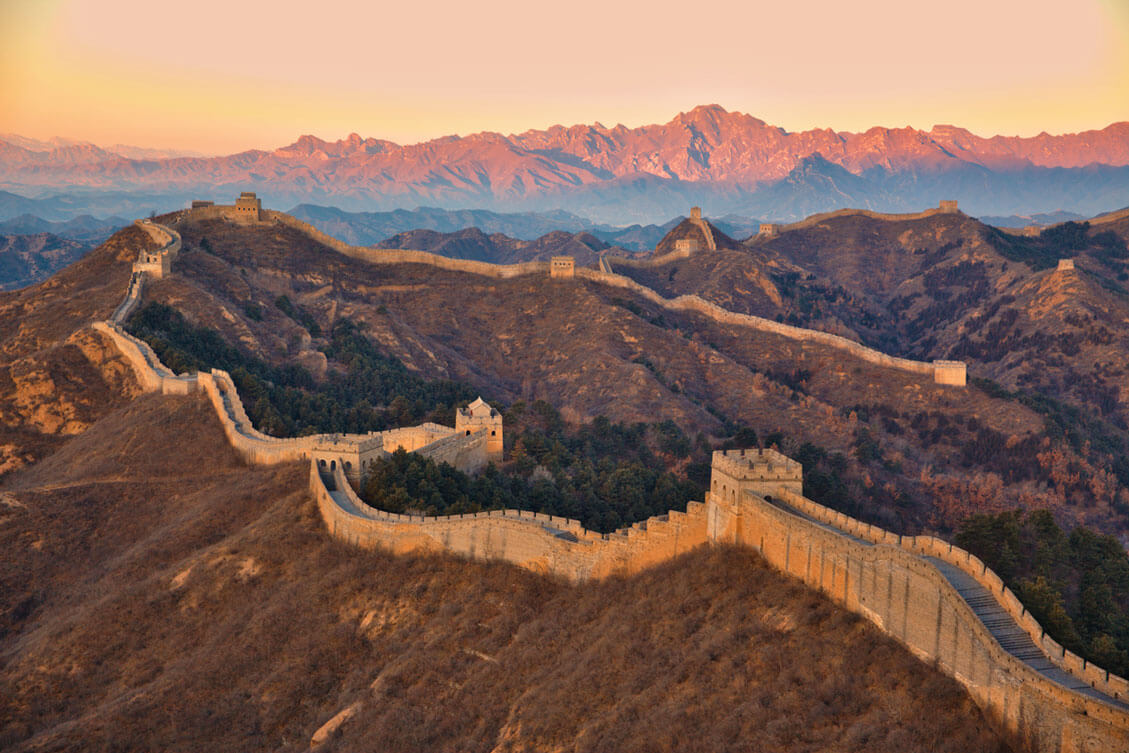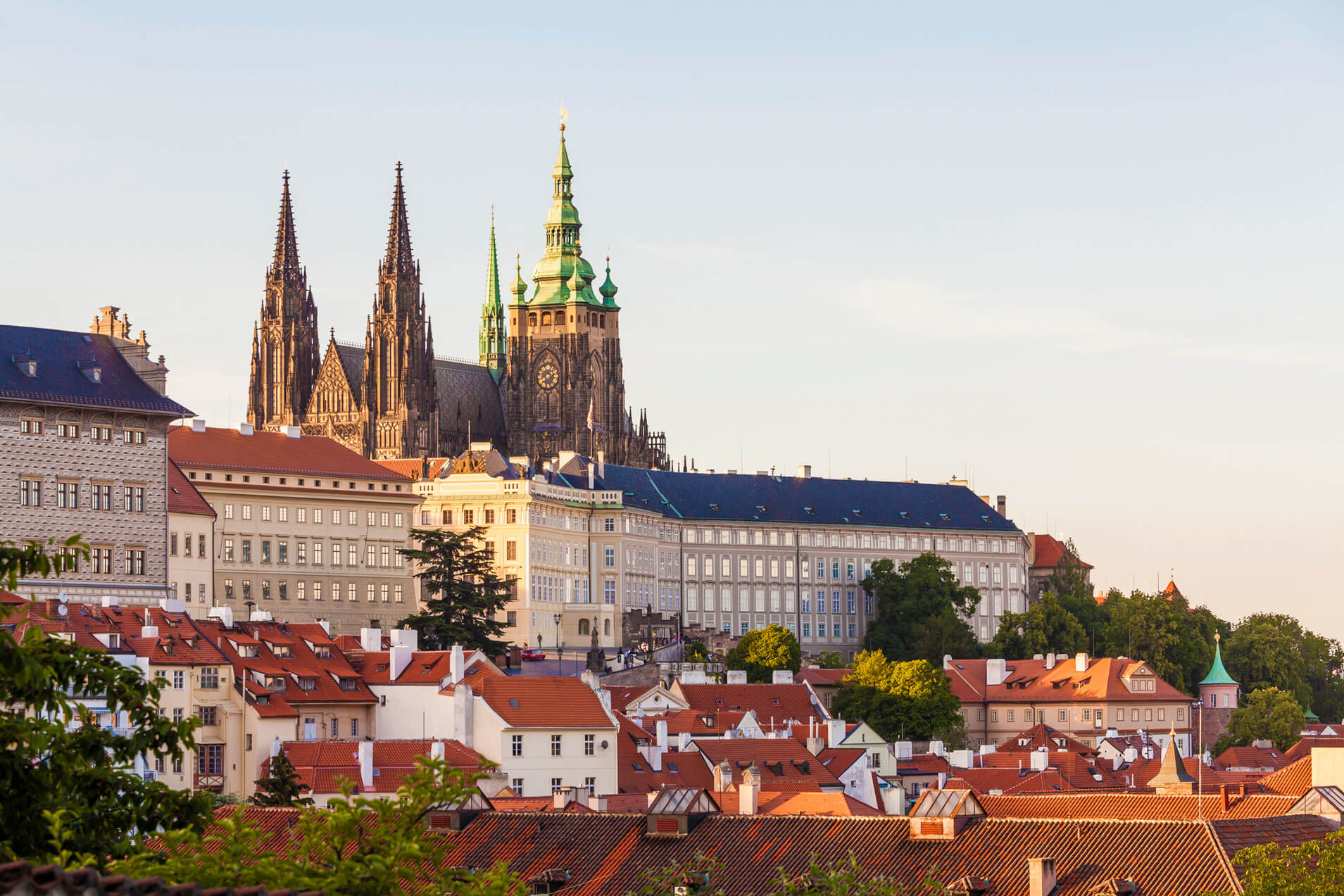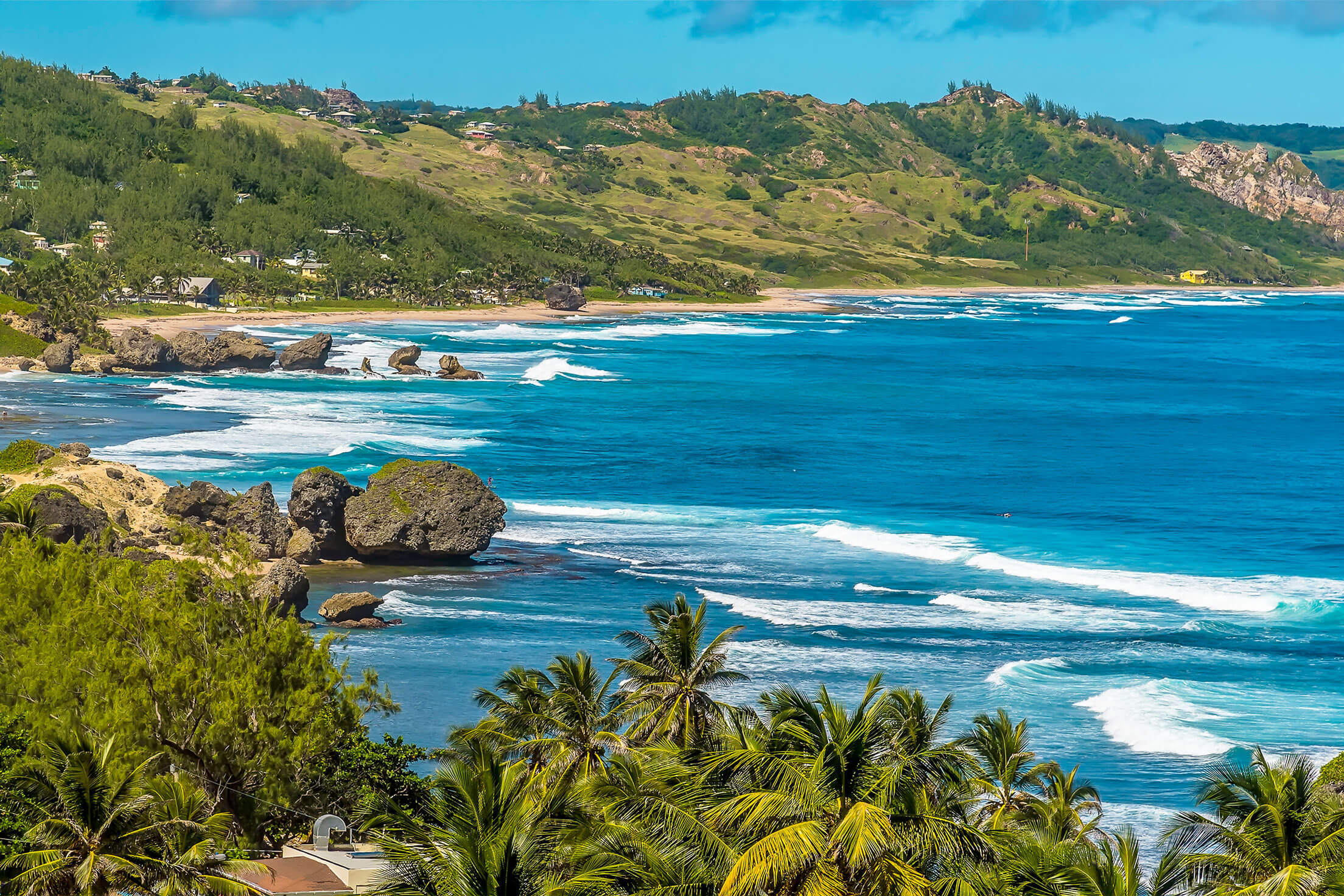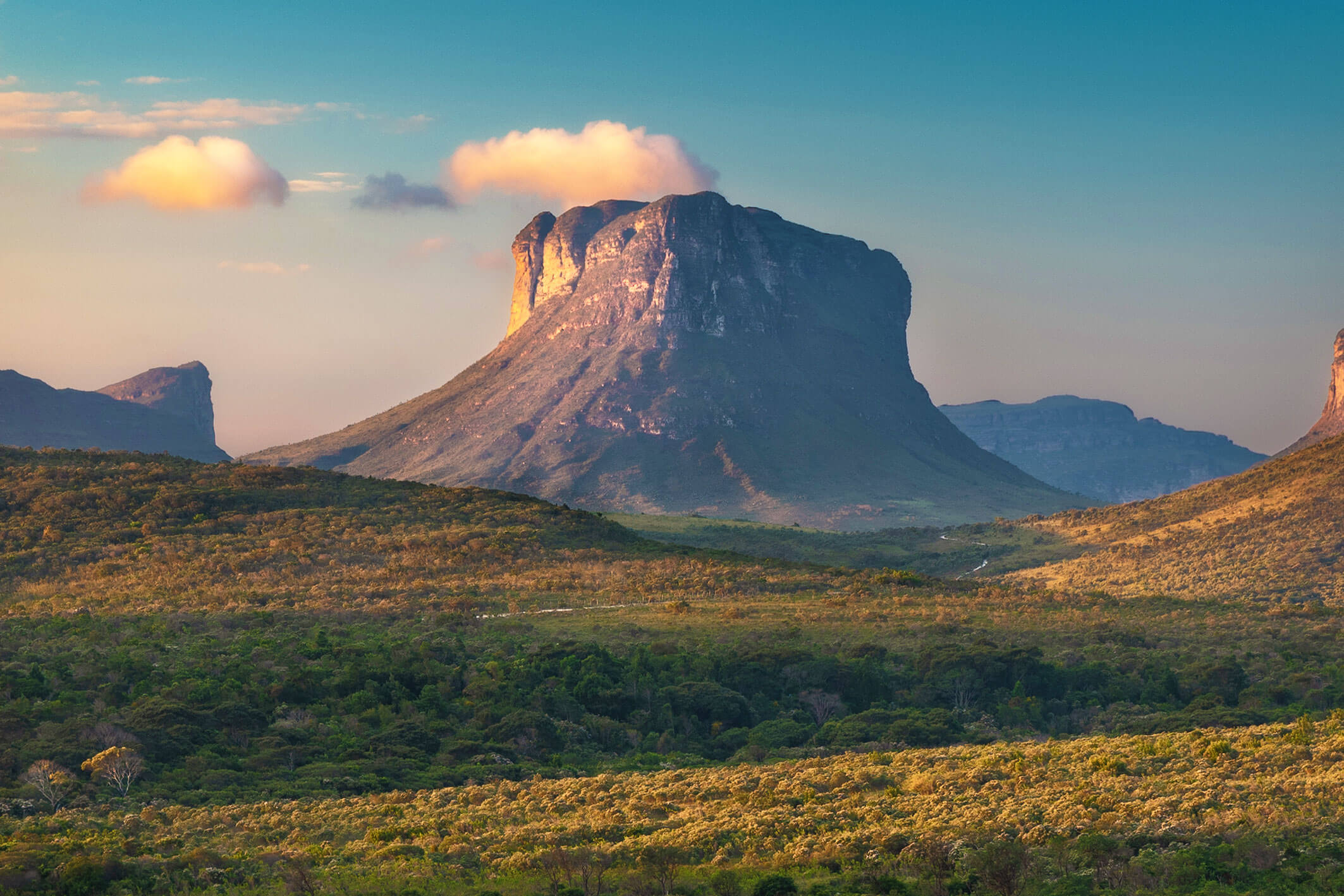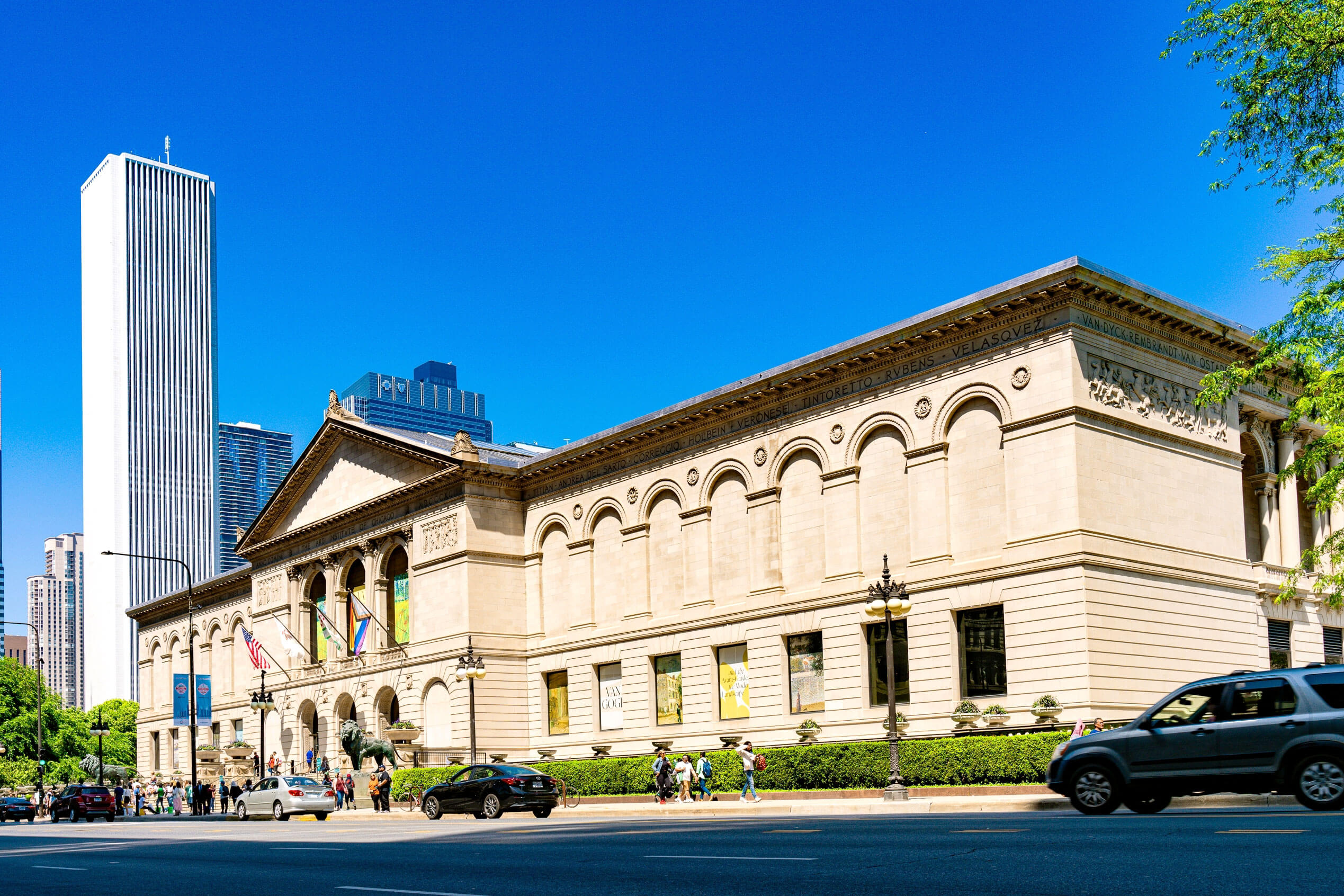1/1 Oops. Incorrect.
0%
0pts Earned
0/1correct
20/20
As of 2023, the Balkans’ tallest building is being built in which city?
Once the Sky Fort in Sofia, Bulgaria, is completed in late 2023, it will be the tallest building in the Balkans. Topping out at just over 660 feet, the shiny skyscraper will have 49 floors. Visitors who ride the high-speed elevators to the observation deck will be rewarded with panoramas of Vitosha Mountain and the Bulgarian capital.
Source: Skyscraper CenterAthens, Greece
15%
Bucharest, Romania
39%
Zadar, Croatia
18%
Sofia, Bulgaria
28%
19/20
Durres, Albania, is home to the region’s largest what?
The beach town of Durres, Albania, today is filled with sunbathers and nightlife-seeking tourists, but during Roman times, the city’s primary form of entertainment was gladiator matches. Durres was a thriving city on the trade route with Asia, and the city’s Roman amphitheater (built in the second century CE under the reign of Emperor Trajan) was the largest in the Balkan region, capable of holding up to 20,000 people.
Source: Atlas ObscuraRoman amphitheater
38%
Airport
16%
Church
16%
Urban park
30%
18/20
Why do people hang teddy bears outside of houses in Albania?
If you’ve traveled to the Balkans, you’ll know that the blue-and-white “evil eye” is everywhere, as it is said to protect a person from the envy of others. Albania goes one step further: Homes are guarded by teddy bears, which help to confuse bad spirits, who might think the teddy bears are humans and flee. Look out for adorable cuddly toys on the doors of homes, restaurants, and businesses.
Source: Matador NetworkFor children to look at
3%
As Christmas decorations
12%
To signal a home is occupied
19%
To ward off the evil eye
67%
17/20
What is the largest lake in the Balkans?
Lake Skadar (also called Lake Shkodra) sits on the border between Montenegro and Albania. It is the largest lake in southern Europe, with a surface area of approximately 200 square miles. The lake is home to an impressive variety of wildlife, including 260 types of bird species, including the Dalmatian pelican — one of the world’s largest freshwater birds.
Source: BritannicaLake Skadar
28%
Lake Ohrid
21%
Lake Bled
32%
Lake Prespa
19%
16/20
Gheg and Tosk are dialects of which Balkan language?
Albanian has two main dialects. Gheg is spoken in the part of Albania north of the Shkumbin River (including the capital, Tirana) and as far afield as Serbia and Kosovo. Tosk is spoken in the southern part of the country, as well as Albanian communities in Greece and Italy. The two dialects can generally be understood everywhere in Albania.
Source: BritannicaAromanian
25%
Albanian
54%
Greek
9%
Montenegrin
12%
15/20
"Shopska salata" is considered the national dish of which Balkan country?
Consisting of tomatoes, red peppers, cucumbers, onions, parsley, and generous helpings of salty sirene cheese, “shopska salata” is considered Bulgaria’s national dish. The salad was created in the 1950s as a way to show off local Bulgarian ingredients. It has the same colors as the Bulgarian flag, sprinkling a little national pride on a tasty meal.
Source: The Spruce EatsBulgaria
25%
North Macedonia
19%
Montenegro
15%
Slovenia
41%
14/20
What is the highest mountain in the Balkan Peninsula?
Reaching almost 9,600 feet above sea level, Mount Musala in Bulgaria is the highest peak in the Balkans. Surrounded by Rila National Park, the mountain is a popular place for skiing in winter and hiking in summer. The mountain is just 23 feet taller than the region’s second-highest summit, Mount Olympus in Greece.
Source: Emerging EuropeMount Olympus, Greece
54%
Mount Musala, Bulgaria
18%
Mount Lovcén, Montenegro
14%
Solunska Glava, North Macedonia
14%
13/20
"Freedom or Death" is the national motto of which Balkan country?
Greece’s national motto, “Eleftheria i Thanatos,” translates to “freedom or death.” The slogan arose during the Greek War for Independence from 1821 to 1832, when bandits, soldiers, and even Greek housewives rose up against the occupying Ottoman forces. The Greek flag pays homage to this motto: Its nine blue and white stripes reflect the nine syllables of the intimidating Greek phrase.
Source: Embassy of Greece in LondonGreece
26%
Romania
25%
Bulgaria
15%
Croatia
34%
12/20
What is the capital of North Macedonia?
The Republic of Macedonia emerged after former Yugoslavia broke apart, adopting that name since the entirety of its land also fell within the geographic region of Macedonia. However, Greece considers itself the home of historic Macedonia and uses that name for its northern regions. As a compromise, the country is now called North Macedonia. Its capital and largest city, Skopje, sits on the banks of the Vardar River.
Source: BritannicaBelgrade
13%
Skopje
42%
Tirana
20%
Podgorica
24%
11/20
In which country do people shake their head for "yes" and nod for "no"?
You may think that certain gestures are universally understood, like shaking your head no and nodding it to mean yes. In Bulgaria, however, the meaning of these gestures is completely the opposite. Bulgarians nod their heads up and down to say no, while shaking their heads to either side actually means yes. Other Balkan countries such as Albania and Macedonia follow similar customs.
Source: Peace CorpsCroatia
18%
Romania
30%
Bulgaria
40%
Greece
13%
10/20
What is the most common religion in Albania?
As many as 70% of Albanians identify as Muslims, making it the only overwhelmingly Muslim country in Europe (though it’s worth noting nearby Bosnia has approximately 50% of its population identifying as Muslim). Islam arrived in the Balkan region with the Ottoman Empire, which ruled from the 14th century to the early 20th century.
Source: Population Reference BureauCatholic
14%
Greek Orthodox
57%
Jewish
1%
Muslim
27%
9/20
Which double-headed animal is often used as a symbol in the Balkans?
The double-headed eagle was a common Byzantine emblem, representing the sovereignty of the Byzantine Emperor. As the Byzantines were scattered all over the Balkans in the Early Middle Ages, you’ll see the double-headed eagle almost everywhere you go — for example, it’s featured on the national flags of Albania, Serbia, and Montenegro.
Source: MedievalistsWolf
36%
Bear
14%
Dolphin
4%
Eagle
47%
8/20
Which Balkan country has just 12 miles of coastline?
If you’re ambitious, you could walk the entire coast of Bosnia and Herzegovina in a single day. The Baltic country has just 12 miles of coastline touching the Adriatic Sea, making it the second-shortest coastline in the world after Monaco. Meanwhile, neighboring Croatia has almost 4,000 miles of coastline.
Source: Condé Nast TravelerBosnia & Herzegovina
26%
Albania
19%
Slovenia
27%
Montenegro
29%
7/20
What is the only state in the Balkans without full UN recognition?
Most countries around the world recognize Kosovo as an independent nation, but several — including Russia, Greece, and Spain — do not. Serbia also still considers Kosovo to be one of its provinces. Kosovo, which declared independence in 2008, is the second-youngest country worldwide after South Sudan, which established independence in 2011.
Source: Le Journal InternationalBosnia & Herzegovina
7%
Bulgaria
6%
North Macedonia
43%
Kosovo
44%
6/20
Which Balkan country became a full member of the EU in 2023?
In July 2013, Croatia joined the EU after a lengthy application process. However, the country along the Adriatic Sea didn’t become a full fledged member of the Union until January 1, 2023, when Croatia officially adopted the Euro currency and joined the Schengen zone (the world’s largest visa-free zone).
Source: European CommissionGreece
14%
Montenegro
20%
Serbia
18%
Croatia
48%
5/20
In which country would you find the iconic old bridge of Mostar?
Arching over a ravine filled with deep blue water, Mostar’s 16th-century bridge is one of the most famous landmarks in Bosnia and Herzegovina. The bridge, known as Stari Most in Bosnian, connects two halves of a former Ottoman frontier town. It was damaged in the Bosnian War in the 1990s, but the bridge has since been restored and is now a UNESCO World Heritage Site.
Source: UNESCOGreece
4%
Bosnia & Herzegovina
57%
Romania
27%
Turkey
12%
4/20
Which modern alphabet was devised in the Balkans in the 10th century CE?
Widely used in Slavic-speaking countries, the Cyrillic alphabet was devised under the First Bulgarian Empire, which comprises modern-day Bulgaria and parts of North Macedonia. In an attempt to improve literacy and understanding of the Bible, missionaries in the region created an alphabet which was based on Greek letters but expressed Slavic sounds. However, as opposed to the 24 characters in the Greek language, Cyrillic has 43 letters.
Source: BritannicaGreek
21%
Cyrillic
68%
French
3%
Turkish
8%
3/20
What is the least populous country in the Balkans?
With a population of just over 625,000 people, Montenegro is the least populous country in the Balkans. Most of the country’s cities and towns are clustered near the Adriatic coast, including the capital city, Podgorica. Located near Croatia and Bosnia, Montenegro became a sovereign nation in 2006. Before its independence, Montenegro joined with Serbia to replace the country formerly known as Yugoslavia.
Source: World Population ReviewGreece
4%
Bulgaria
7%
Serbia
15%
Montenegro
74%
2/20
Where does the Balkan region get its name from?
The Balkans are dominated by mountains, so it’s no surprise that the region’s name comes from a mountain range. The Balkan Mountains — known regionally as Stara Planina ("Old Mountains") — extend about 350 miles through the eastern Balkan Peninsula in southeast Europe. The mountains begin in the Timok River valley, near the Bulgaria-Serbia border, and stretch eastward to Cape Emine on the Black Sea.
Source: BritannicaA lake
7%
A mountain range
70%
An ancient province
17%
A Roman emperor
6%
1/20
Which country is NOT part of the Balkans?
Between the Black Sea and the Adriatic Sea lies Europe's Balkan Peninsula, a landmass home to a group of countries collectively known as the Balkans. Not everyone agrees on the borders of the region, but 11 countries have all or part of their territory on the peninsula, including North Macedonia, Bulgaria, Serbia, Croatia, and Albania.
Source: World AtlasAlbania
8%
Estonia
32%
Bulgaria
14%
Montenegro
45%
Play Quizzes By Category
Play A Trending Quiz
Trending, related and recent quizzes you may be interested in
